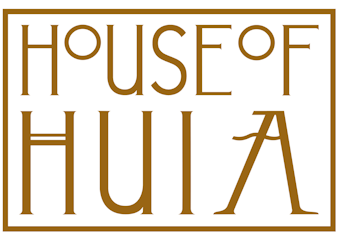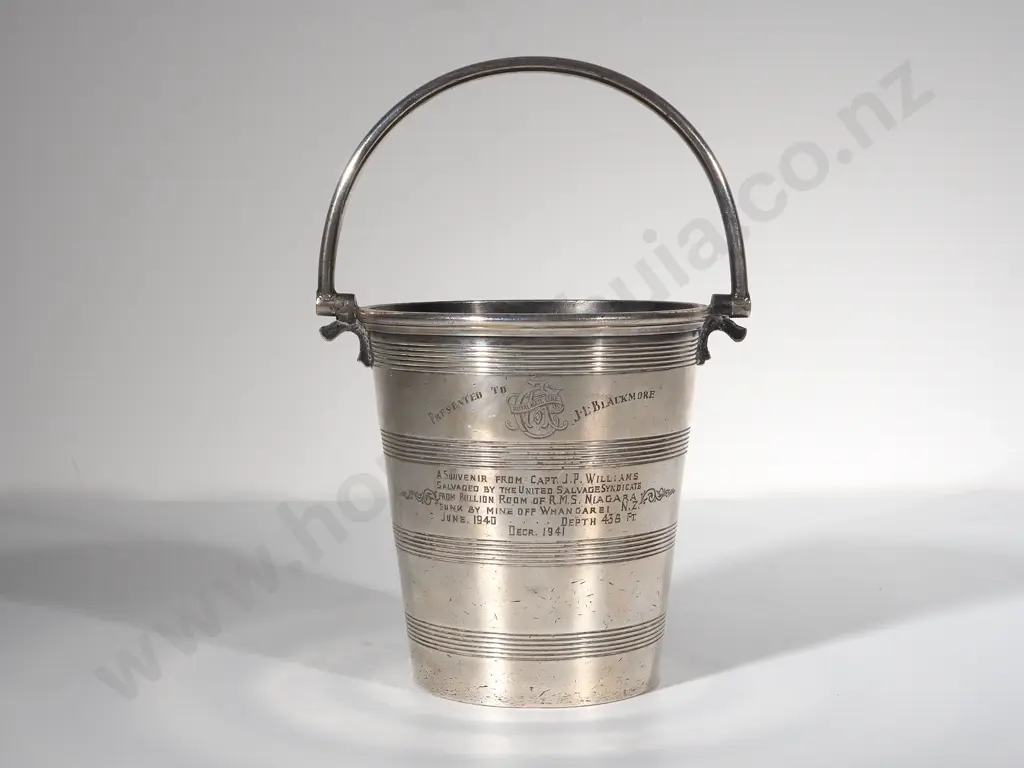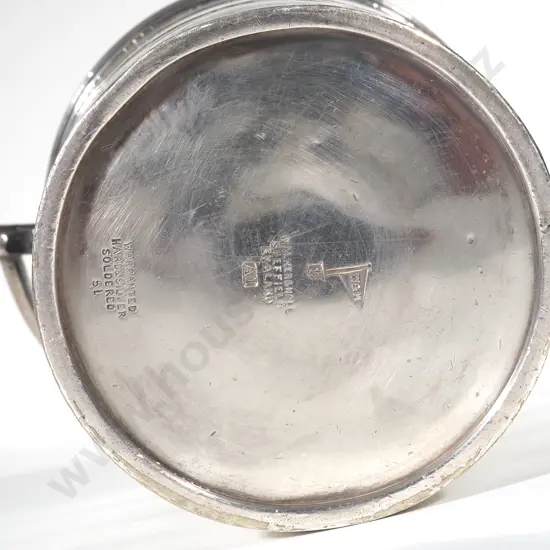Gentlemans Auction Saturday, 14 December 2024 - 11:00 AM start
Historically Important RMS Niagara Presentation Ice Bucket
Lot Details
A the Germans took France in 1940, the then-neutral United States was willing to trade weapons for gold bullion. RMS Niagara was a mule ship. On her last journey she sank carrying eight tonnes of gold (some 590 gold bars), bound for North America, after hitting a german mine field laid off the coast of Whangarei. Just weeks earlier, a German cruiser had slipped into New Zealand waters undetected and laid 228 sea mines. At 3:40am on June 19th, 1940, Niagara struck two mines and sank with no loss of life. The United Salvage Syndicate legacy began in 1938, when Captain John Williams formed a ship salvage syndicate,. Over 10 months, the salvors chewed their way to the ship’s bullion room using a crane-mounted dredging claw and improvised explosives. Each move was carefully coordinated from a telephone in the bell. The margin for error was razor thin. Any collapse of the unstable wreck risked scattering the gold and entombing whoever they had underwater. By the time the operation ended, Captain Williams was stupefied; eight weeks of meticulous toil had produced 533 out of 590 gold bars. No operation at that depth, surrounded by mines, with a crew that green on a coaster that broken, had succeeded before. https://thespinoff.co.nz/society/28-09-2024/the-deep-allure-of-the-rms-niagara-one-of-new-zealands-most-notorious-shipwrecks This Ice Bucket was presented to J.L. Blackmore as a souvenir from Captain J. P Williams and the United Salvage Syndicate who salvaged it from the bullion Room of the RMS Niagara at a depth of Depth 438 Feet, on December 1941.





